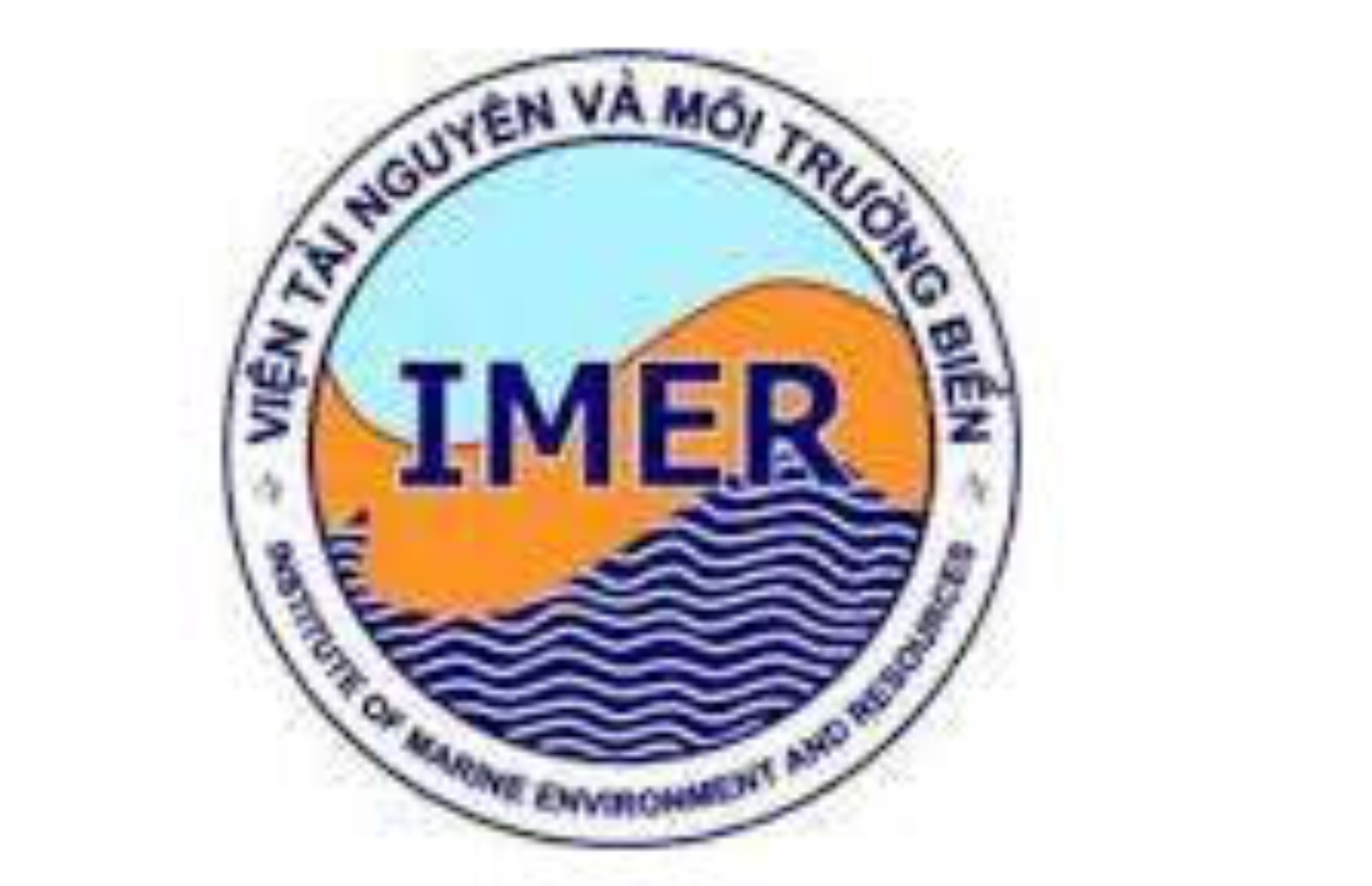OPTIMISATION OF HYDRAULIC FRACTURING DESIGN IN LOWER OLIGOCENE RESERVOIR, KINH NGU TRANG OILFIELD
Author affiliations
DOI:
https://doi.org/10.15625/1859-3097/18/3/10678Keywords:
Fracture dimensions, hydraulic fracturing design, oligocene reservoir, Kinh Ngu Trang oilfield.Abstract
Kinh Ngu Trang oilfield is of the block 09-2/09 offshore Vietnam, which is located in the Cuu Long basin, the distance from that field to Port of Vung Tau is around 140 km and it is about 14 km from the north of Rang Dong oilfield of the block 15.2, and around 50 km from the east of White Tiger in the block 09.1. That block accounts for total area of 992 km2 with the average water depth of around 50 m to 70 m. The characteristic of Oligocene E reservoir is tight oil in sandstone, very complicated with complex structure. Therefore, the big challenges in this reservoir are the low permeability and the low porosity of around 0.2 md to less than 1 md and 1% to less than 13%, respectively, leading to very low fracture conductivity among the fractures. Through the Minifrac test for reservoir with reservoir depth from 3,501 mMD to 3,525 mMD, the total leak-off coefficient and fracture closure pressure were determined as 0.005 ft/min0.5 and 9,100 psi, respectively. To create new fracture dimensions, hydraulic fracturing stimulation has been used to stimulate this reservoir, including proppant selection and fluid selection, pump power requirement. In this article, the authors present optimisation of hydraulic fracturing design using unified fracture design, the results show that optimum fracture dimensions include fracture half-length, fracture width and fracture height of 216 m, 0.34 inches and 31 m, respectively when using proppant mass of 150,000 lbs of 20/40 ISP Carbolite Ceramic proppant.Downloads
Metrics
References
BJ. Hydraulic Fracturing Post Job Report for Wells: KNT-1X – DST #1. December 28, 2010.
![]()
BJ-PV Drilling JV Company Ltd. Fracturing Report Summary. Dec 10th, 2011.
![]()
Hubbert, M. K., and Willis, D. G., 1957. Mechanics Of Hydraulic Fracturing. Petroleum Transactions, AIME, 210, 153–168.
![]()
Matthews, W., 1967. How to Predict Formation Pressure and Fracture Gradient From Electric and Sonic Logs. Oil and Gas, 20, 92–106.
![]()
Pennebaker, E. S., 1968. An engineering interpretation of seismic data. In Fall Meeting of the Society of Petroleum Engineers of AIME. Society of Petroleum Engineers.
![]()
Eaton, B. A., 1969. Fracture gradient prediction and its application in oilfield operations. Journal of petroleum technology, 21(10), 1–353.
![]()
Christman, S. A., 1973. Offshore fracture gradients. Journal of Petroleum Technology, 25(08), 910-914.
![]()
Berry, L. N., and Macpherson, L. A., 1972. Prediction of Fracture Gradients from Log Derived Elastic Moduli. The Log Analyst, 13(05).
![]()
Valko, P., and Economides, M. J., 1995.
![]()
Hydraulic fracture mechanics (Vol. 28). New York: Wiley.
![]()
Perkins, T. K., and Kern, L. R., 1961. Widths of hydraulic fractures. Journal of Petroleum Technology, 13(09), 937–949.
![]()
Economides, M. J., Oligney, R. E., and Valkó, P. P., 2002. Unified Fracture Design, (hardbound) Orsa Press. Houston, May.
![]()
Williams, B. B., 1970. Fluid loss from hydraulically induced fractures. Journal of Petroleum Technology, 22(7), 882–888.
![]()
Meyer, 2011. Fracturing Simulation. Mfrac Software.
![]()
Economides, M. J., and Martin, T., 2007. Modern fracturing: Enhancing natural gas production. Houston: ET Publishing.
![]()









